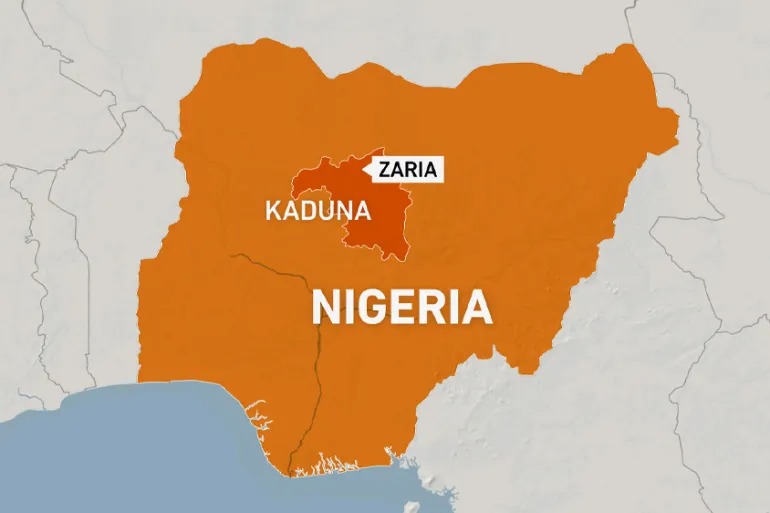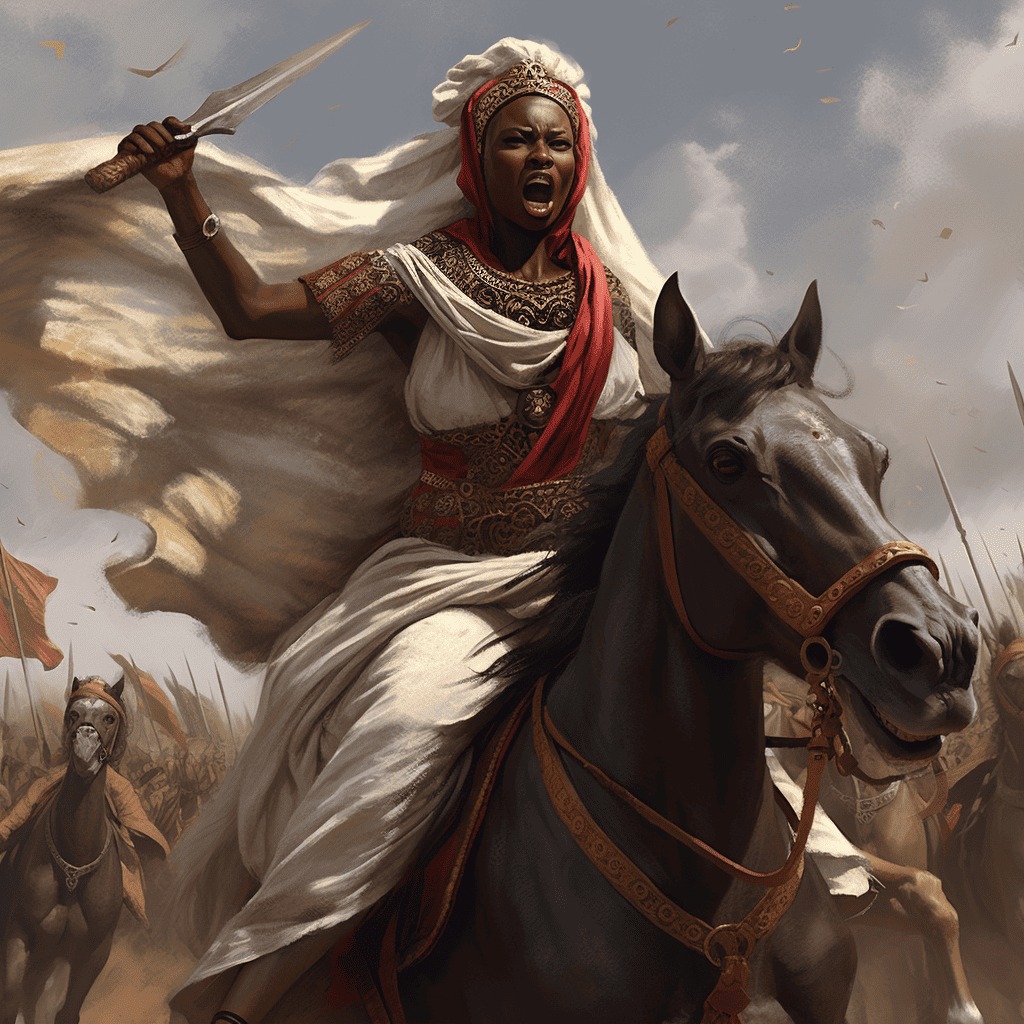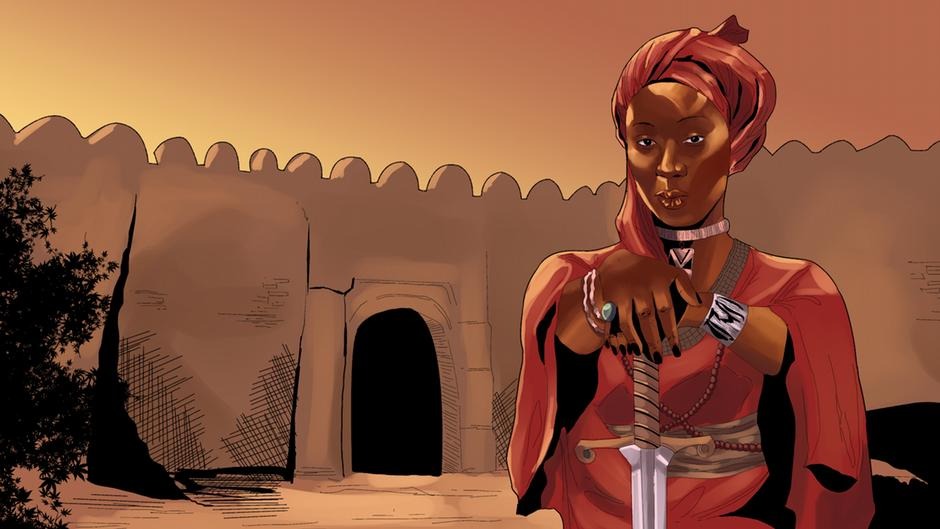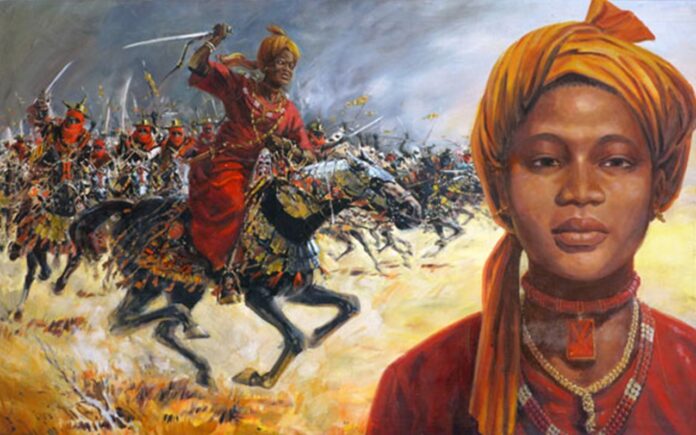In the long history of African leadership, few names command as much respect and fascination as Queen Amina of Zazzau. Her legacy stretches far beyond the borders of what is now Nigeria. She wasn’t just a queen—she was a fierce warrior, a brilliant strategist, and a political force whose reign shaped the region for generations.
Queen Amina was born in the 16th century in the ancient city of Zazzau, now known as Zaria, in present-day northern Nigeria. Zazzau was one of the original seven Hausa city-states, and it played a central role in the trans-Saharan trade.

Amina came from royalty. Her grandfather expanded Zazzau’s wealth and power, and her mother, Queen Bakwa Turunku, is credited with founding the city of Zaria. So Amina was born into influence—but she earned her place in history through more than bloodline.
From a young age, Amina showed a deep interest in military affairs. Unlike most royal daughters, she trained with the kingdom’s warriors and quickly gained recognition for her leadership and bravery. When her mother died, the throne passed to Amina’s brother, but after his death, Amina took the reins. She did not rule as a figurehead.

She stepped into full command as both ruler and military leader, leading her troops into battle and expanding her kingdom’s territory across what is now parts of Nigeria, Niger, and Cameroon.
Amina’s campaigns were ambitious and effective. She is said to have led her armies on expeditions that stretched for over 30 years, establishing Zazzau’s dominance and securing trade routes that brought wealth into the kingdom. Under her leadership, Zazzau became a key player in regional politics and commerce.
She encouraged the building of fortified walls around cities—a defensive tactic that later became common across Hausa land. These walls, often referred to as “Amina’s walls,” stood for centuries and are considered part of her architectural legacy.
Her success as a military ruler didn’t overshadow her political insight. She understood the value of trade and diplomacy. By controlling trade routes, especially those for kola nuts, gold, and salt, she ensured Zazzau’s economic stability and influence.
She also fostered relationships with neighboring states, balancing warfare with strategy. Her rule helped solidify the Hausa states as a powerful bloc in precolonial West Africa.

Despite the significance of her contributions, historical records on Amina are limited. Much of what is known comes from oral history and chronicles like the Kano Chronicle. This makes it hard to separate fact from legend, but even the legends point to the remarkable respect she commanded. Amina is often depicted as a symbol of female strength and independence in a time and place where women rarely held military power.
Her legacy lives on in many forms. In Nigeria and across Africa, she is remembered as a trailblazer who broke gender barriers and reshaped her world.
Statues of her stand in Zaria and Lagos. Schools, roads, and institutions bear her name. She’s often cited in discussions about women in leadership, not just in African history, but globally.
Queen Amina’s story matters because it challenges narrow ideas about African history and the roles women have played in it. She wasn’t an exception—she was part of a long tradition of African women who led, fought, governed, and built. But her impact was so bold and far-reaching that it continues to inspire people today.


whoah this blog is fantastic i love reading your posts. Keep up the great work! You know, many people are hunting around for this info, you could help them greatly.
Great wordpress blog here.. It’s hard to find quality writing like yours these days. I really appreciate people like you! take care